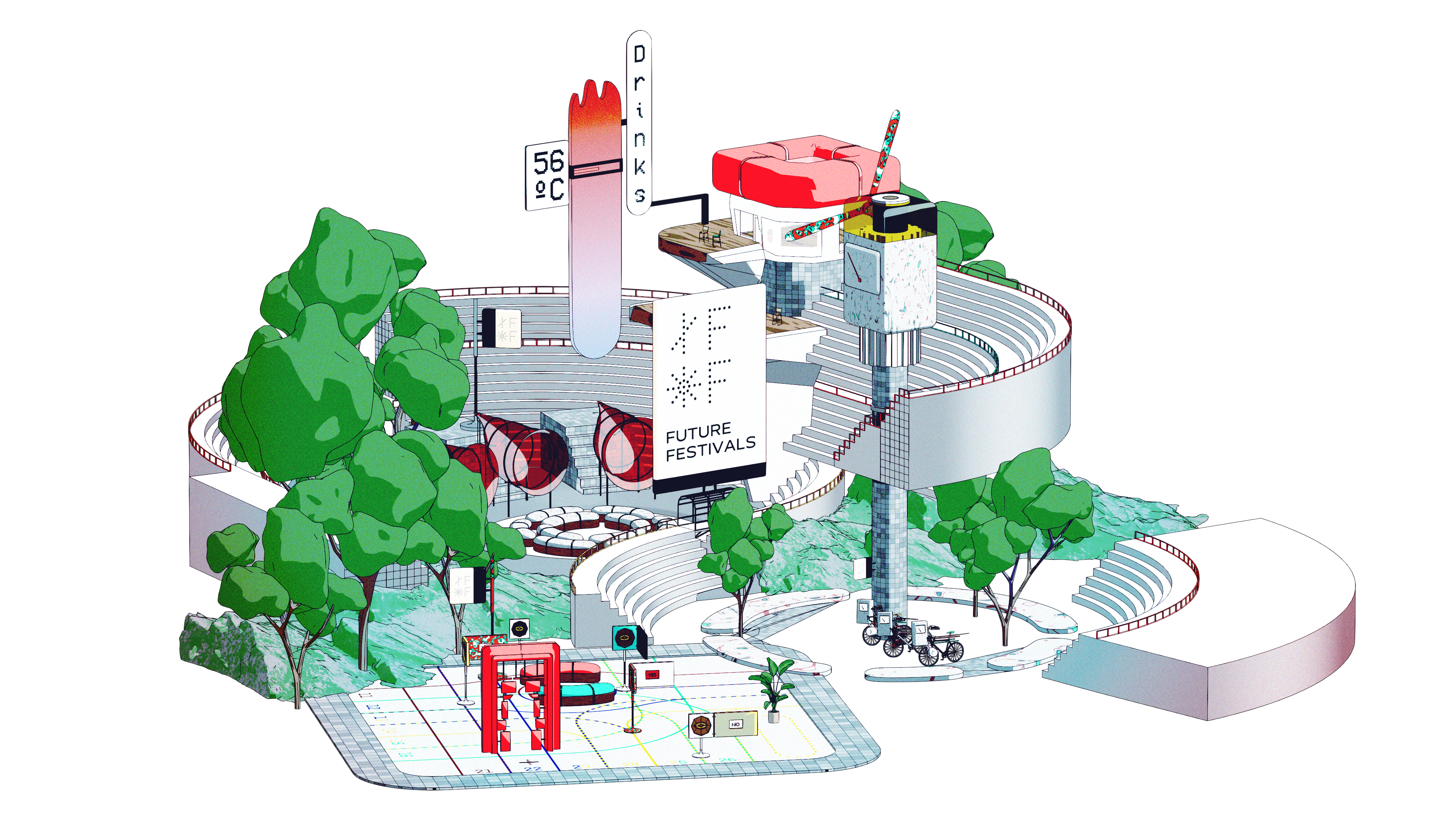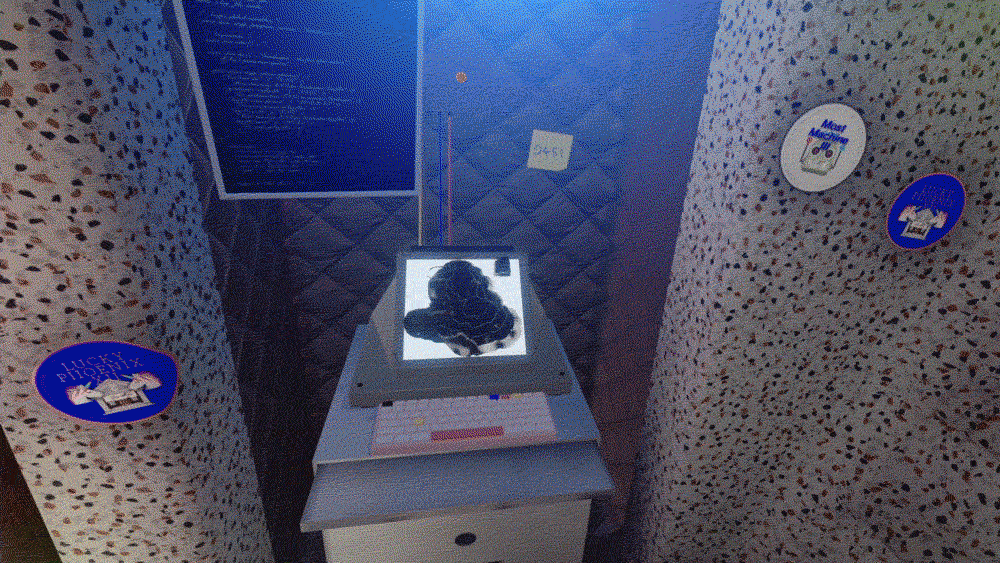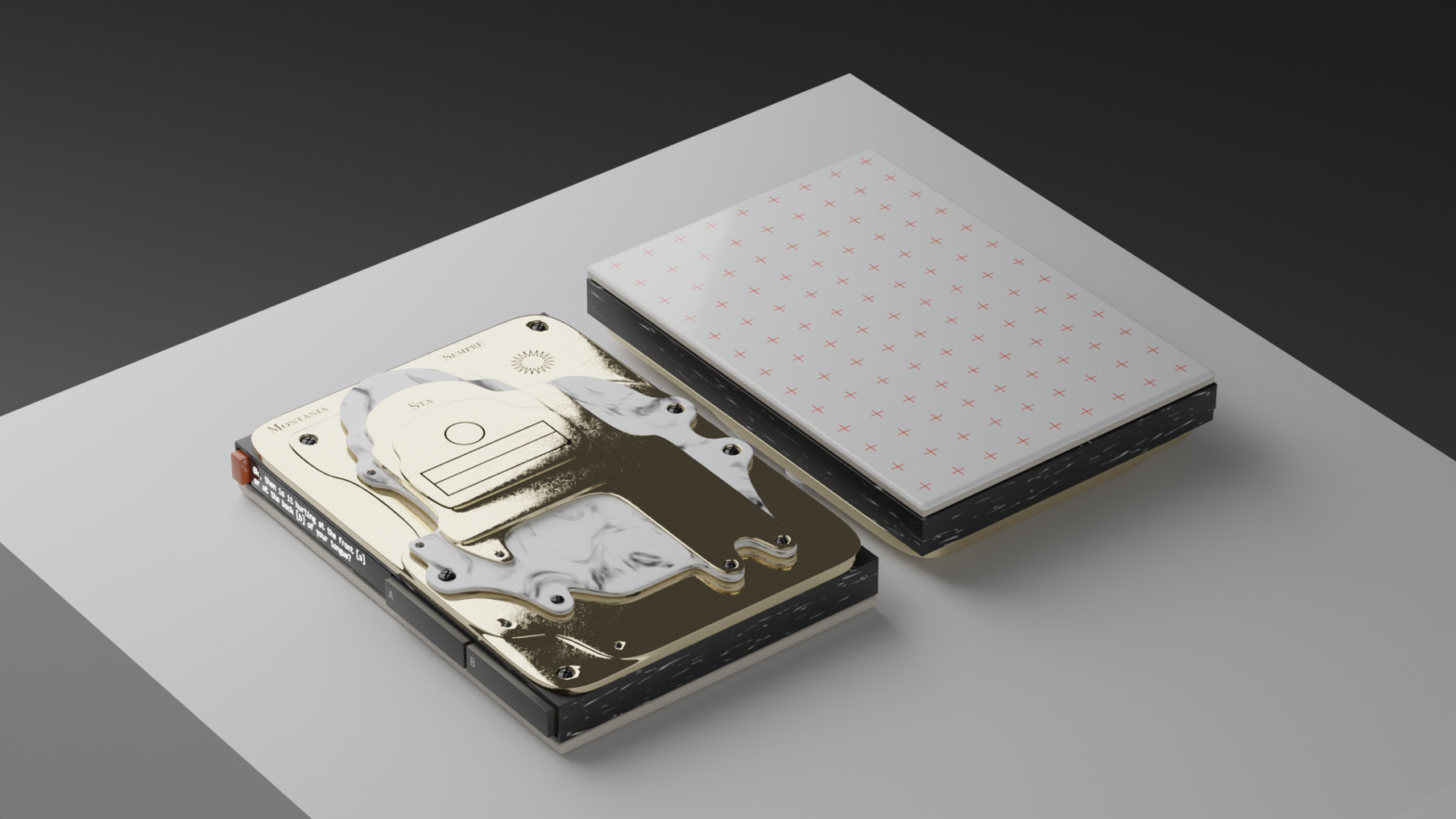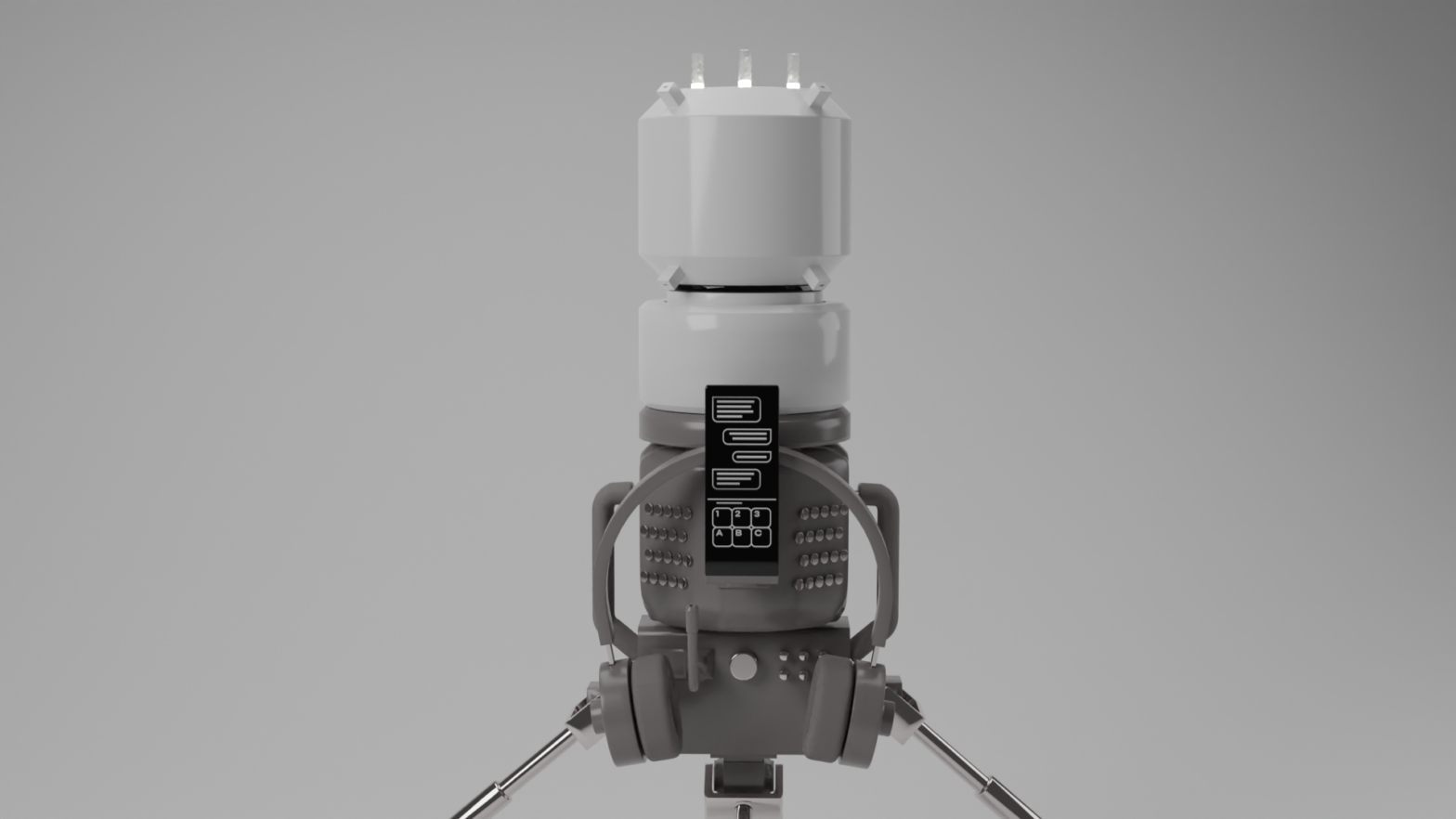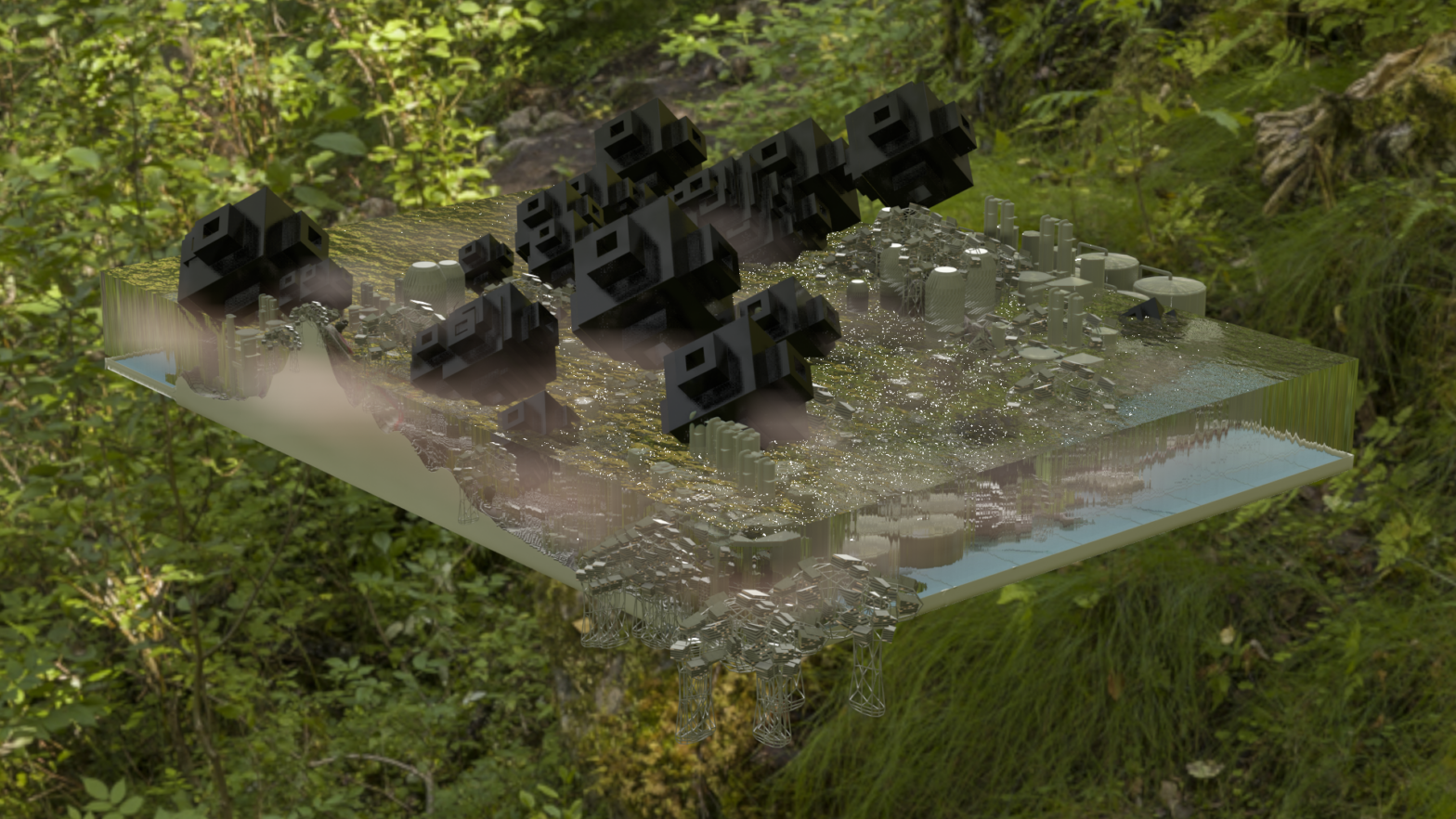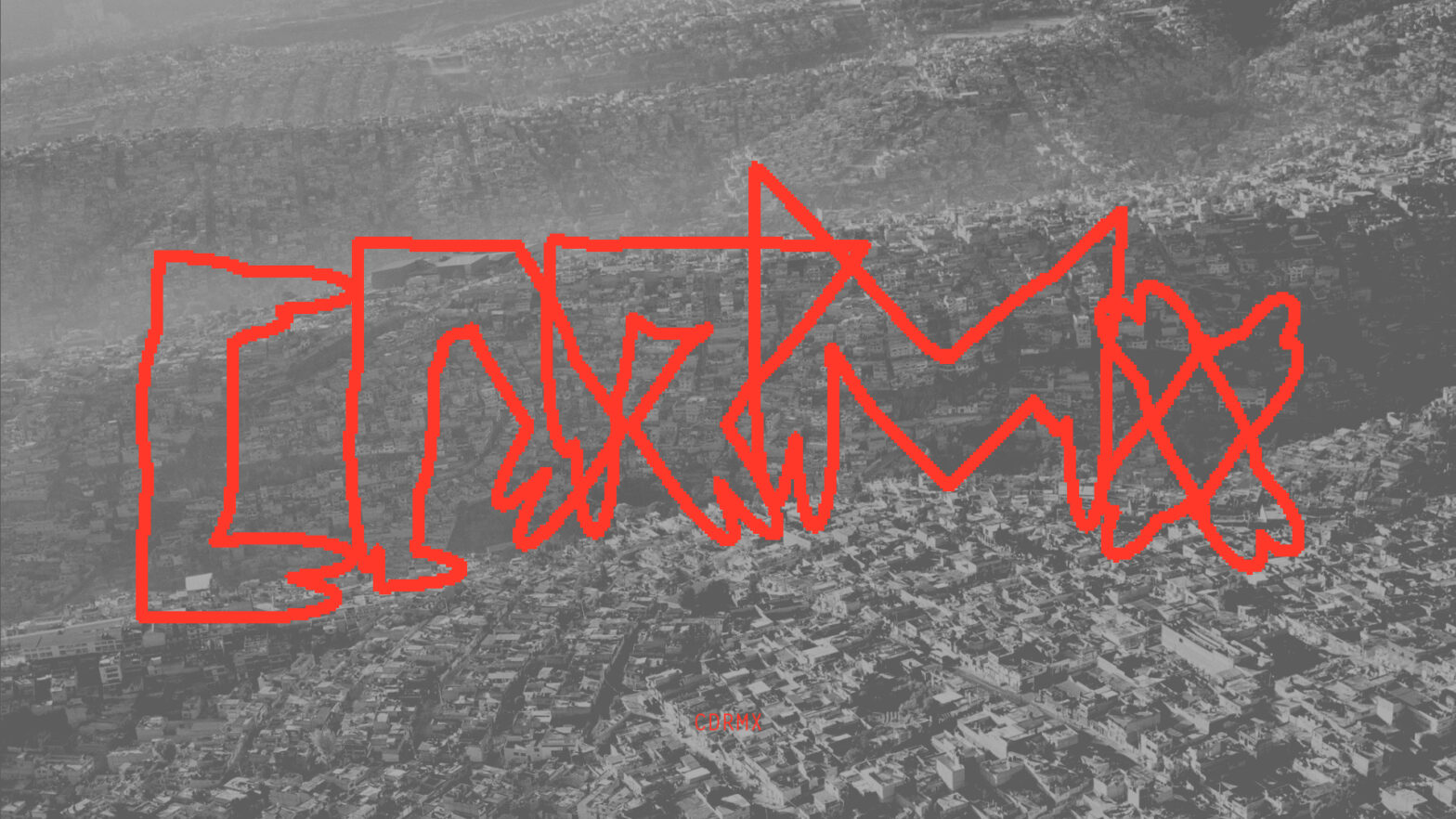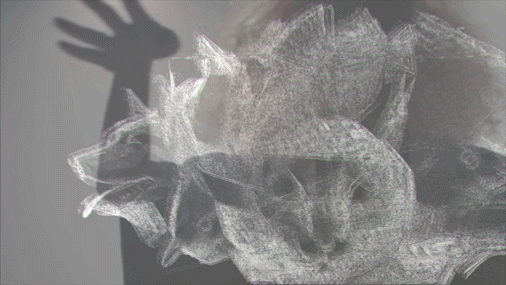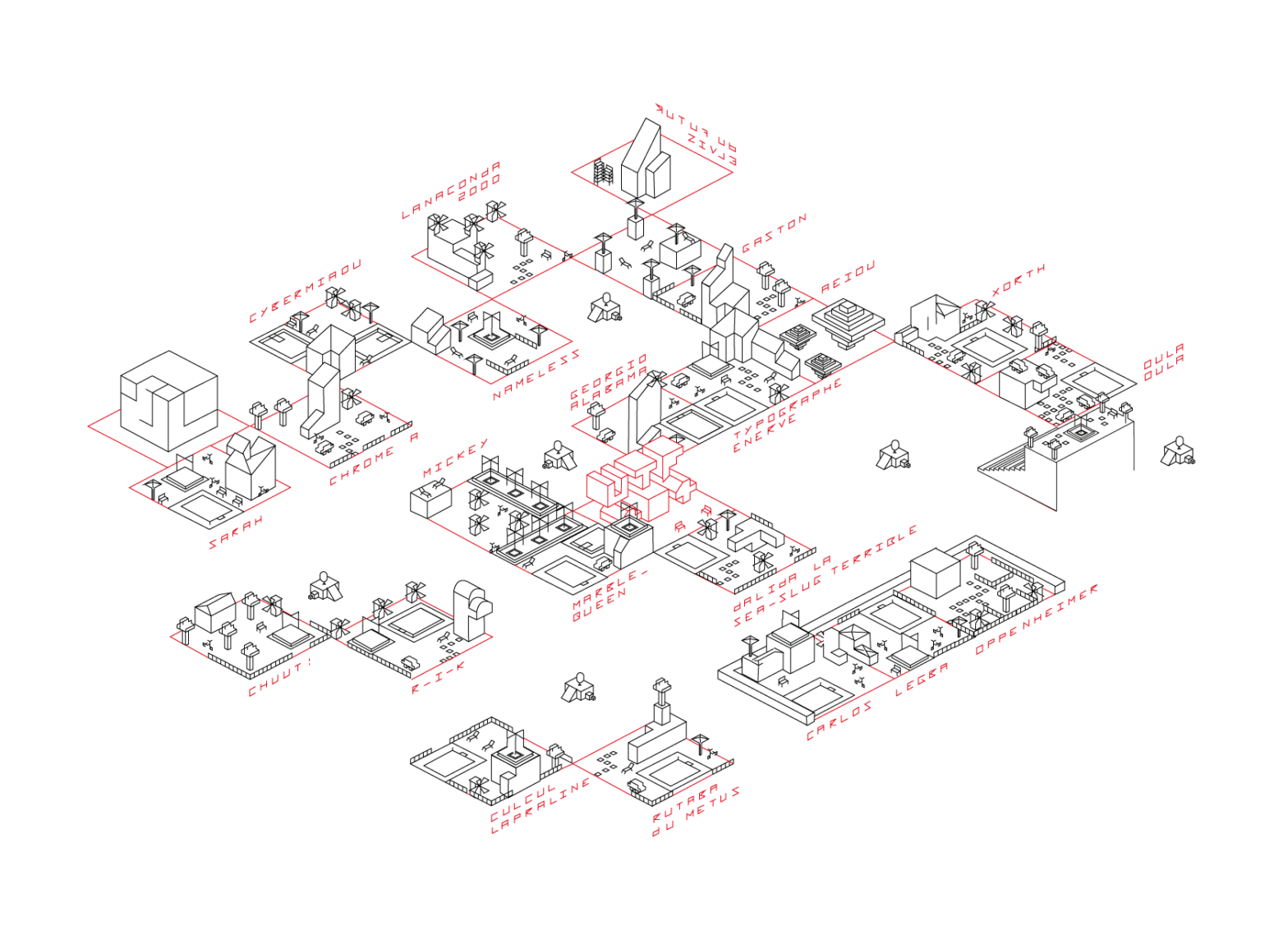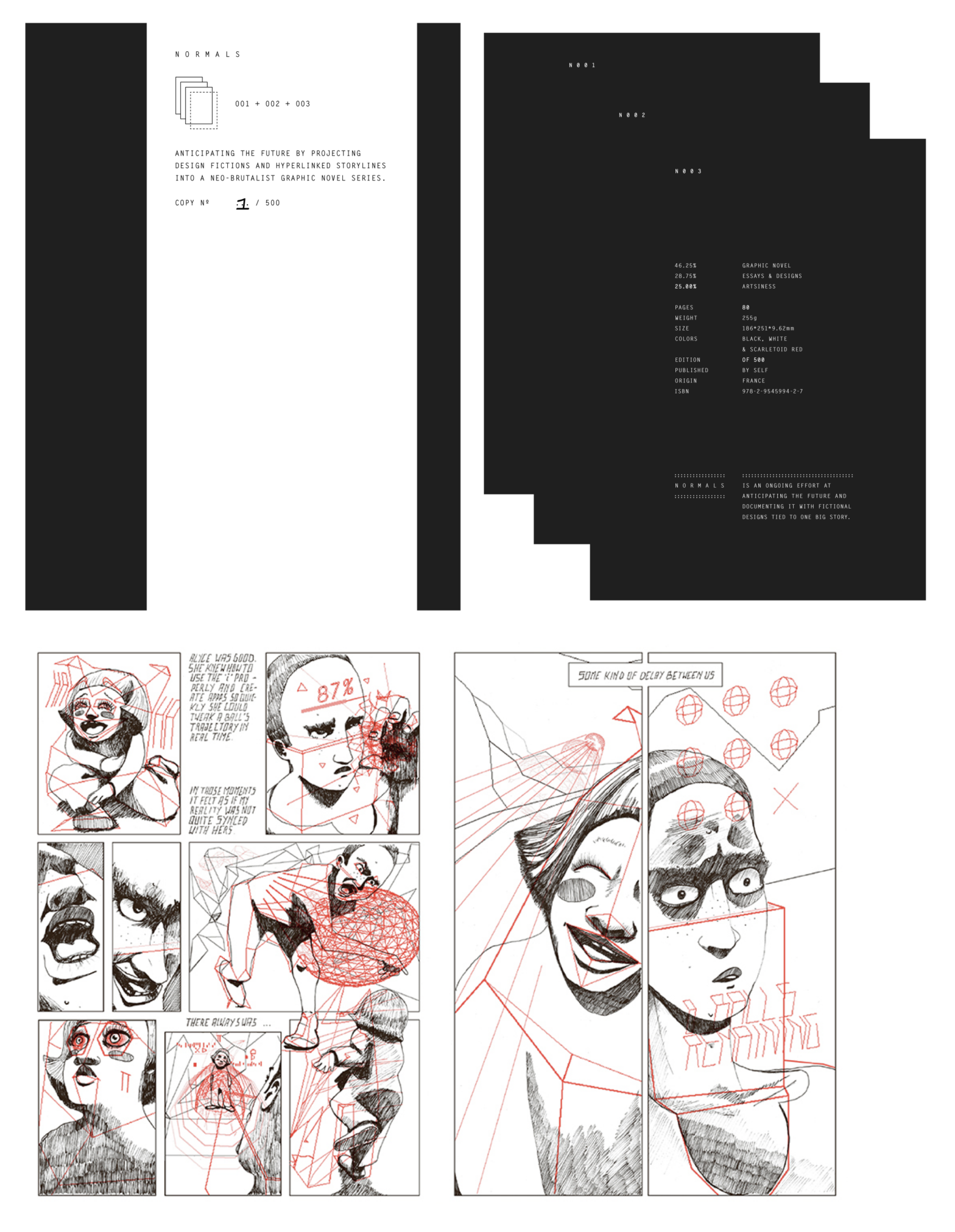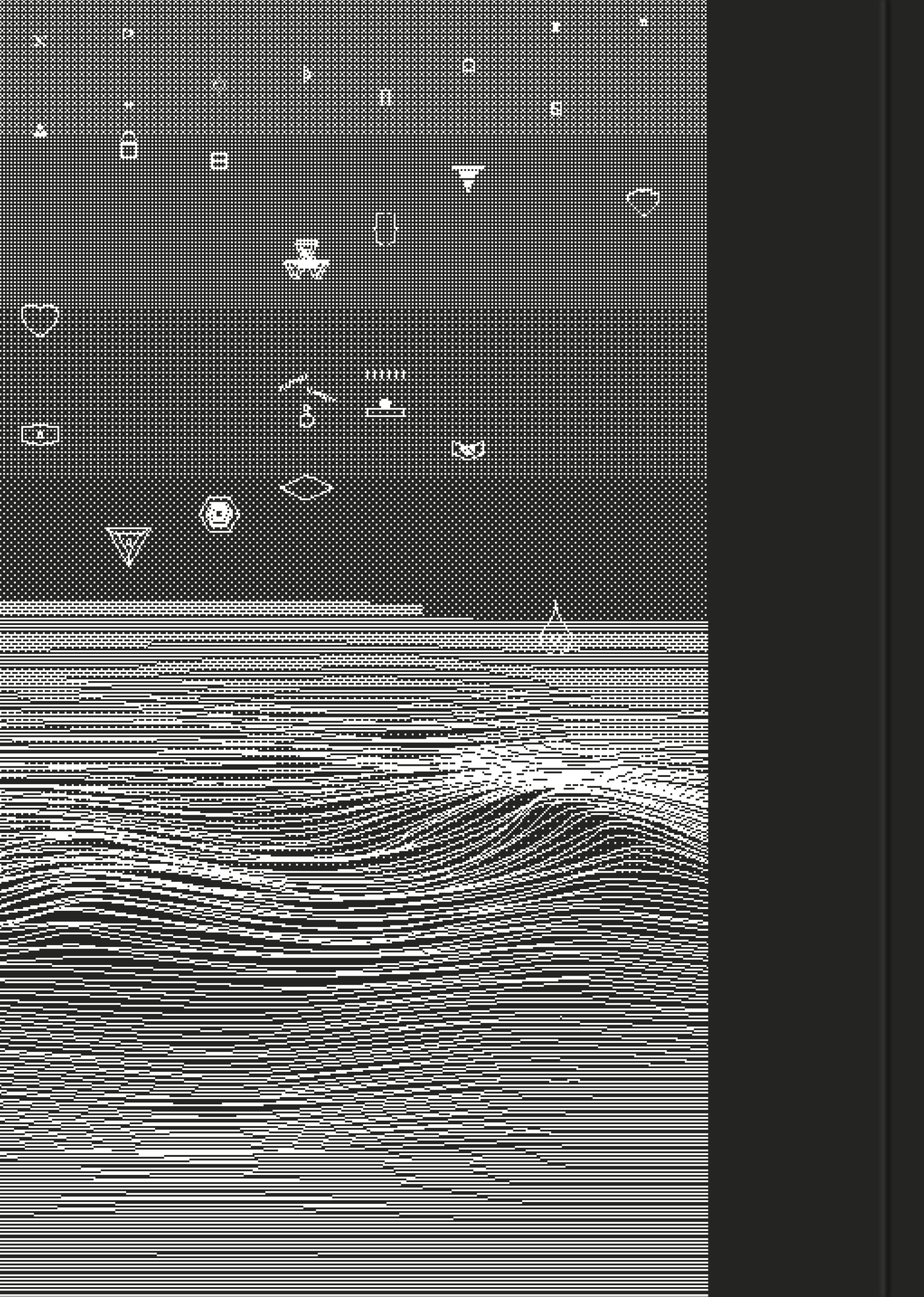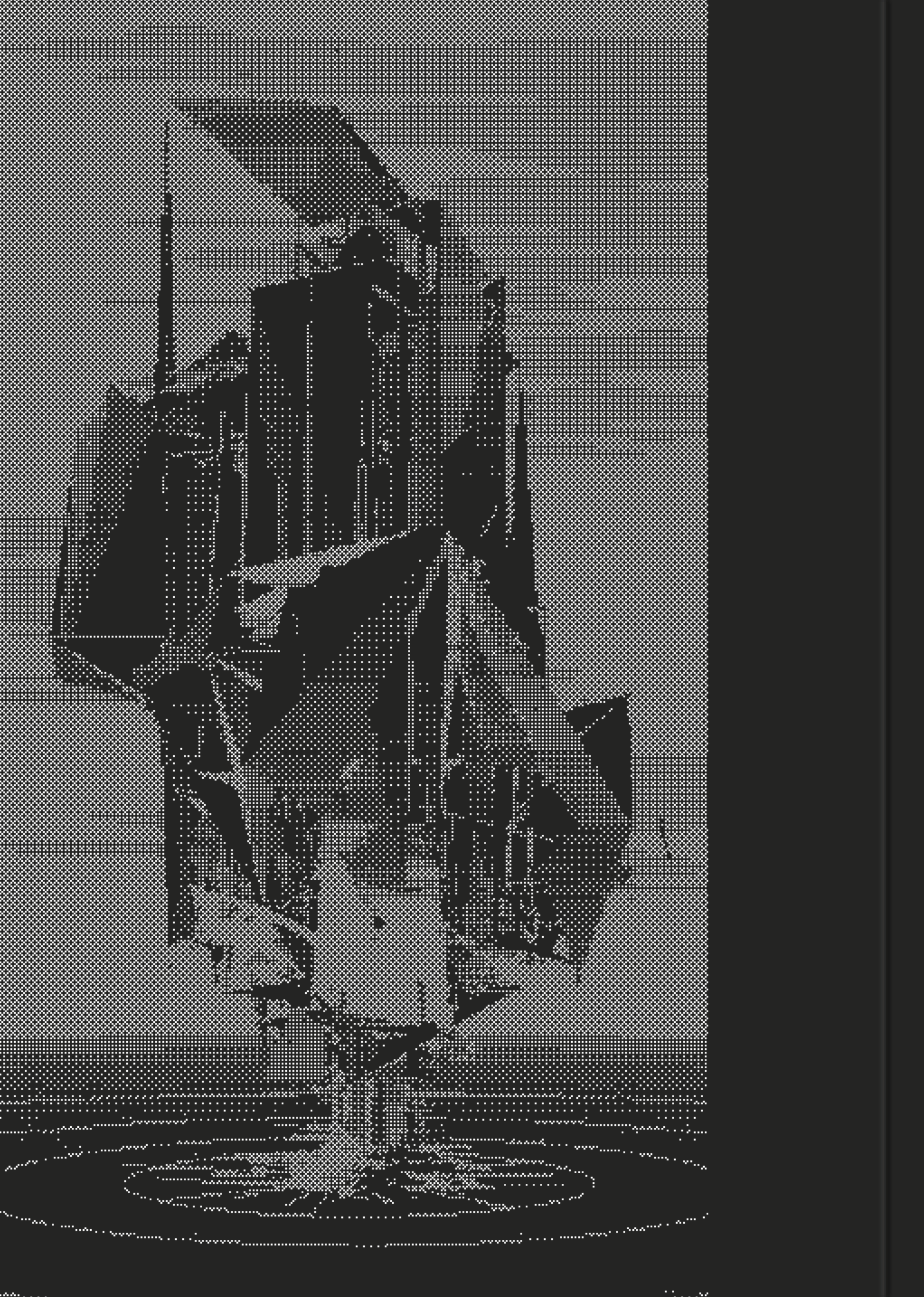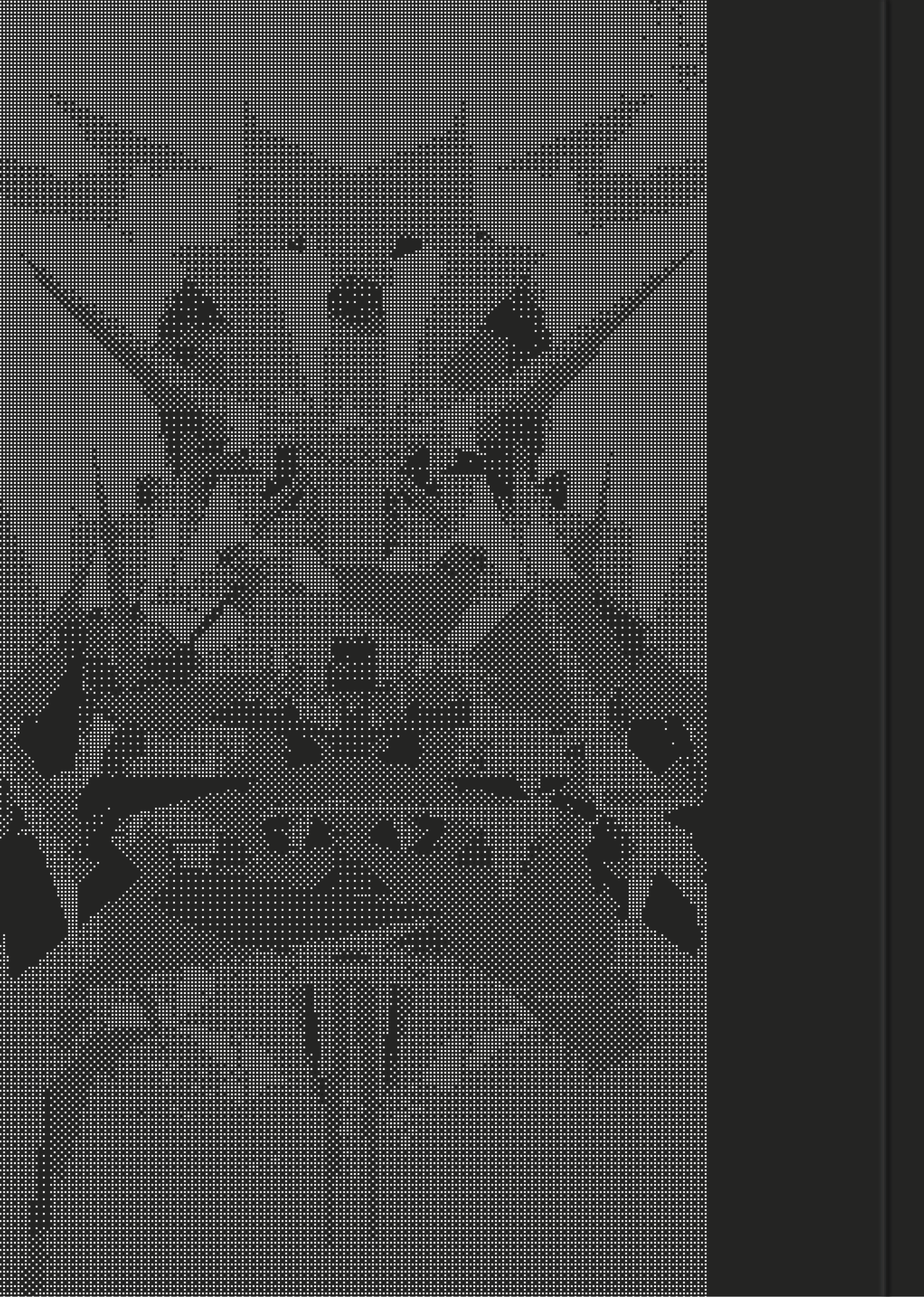The practice of worldbuilding is nothing new — Plato’s Atlantis (in Timaeus, 360 BC) is in fact one of the earliest forms of constructed ideal societies. It has since become common in cinema, literature, theater, or game design.
Worldbuilding means creating worlds with their own sets of physical rules and technologies, specific environments, and inhabitants. But not only: worlds needs culture. Or rather cultures, as there is never such a thing as one unique and unchallenged belief system. That includes ideologies and rituals loaded with symbolic meaning. This additional process is known as mythbuilding, or as J. R. R. Tolkien put it: ‘Mythopoeia.’ Good mythbuilding always accounts for power structures, prejudices, and biases.
Together, all these elements make rich and complex worlds. Any action must comply with their rules, not with those of our reality. While designing futures, we can relocate to these worlds and myths, and explore them from the inside. They act as sandboxes where ideas can be tested and dissected from various contexts and perspectives.
Constructed worlds are invaluable tools for strategic thinking. They serve as gameboards of sorts to prepare, test, plan, and implement ideas of the future. By agnostically imagining possible outcomes to various situations and letting different speculative elements collide, worldbuilding offers qualitative insights that can later be turned into visions, strategies, and action.
In a way, worldbuilding is to foresight what particle colliders are to physics: a tool to merge raw materials into something unexpected and instructive. It doesn’t replace other parts of the practice, but completes them by packaging findings into a bigger box where different possibilities can coexist and be confronted. Worldbuilding is a holistic approach, where different paths can be tested and errors are welcome. It is a space for looking at things that could happen and discussing their implications.
Once a world has been built, artifacts of interest can be identified and prototyped. They are chunks of futures made ‘real enough’ through design and creative writing in order to better communicate vision both internally and to the public. Prototypes can lead to useful dissensus and provoke feedback in ways other strategic assets can’t.
While worldbuilding is a great tool to build scenarios and aid in strategic planning, it also is very time demanding. Not all projects need to have entire worlds and lores created before they are turned into future artifacts. In fact, the reverse process is an equally valid one: where isolated artifacts and phenomena are imagined first to probe a simple idea of the future. Just from aesthetics, signs, symbols, and textual language, from the actions objects suggest or the problems they solve, the world and culture can emerge with the viewer’s imagination filling in the blanks. This is nowadays referred to as “soft worldbuilding” in contrast to the Tolkienesque maximalist approach of “hard worldbuilding” where no fictional stone is left unturned. More often than not, worldbuilding starts with a soft approach before consolidating through accumulation.
